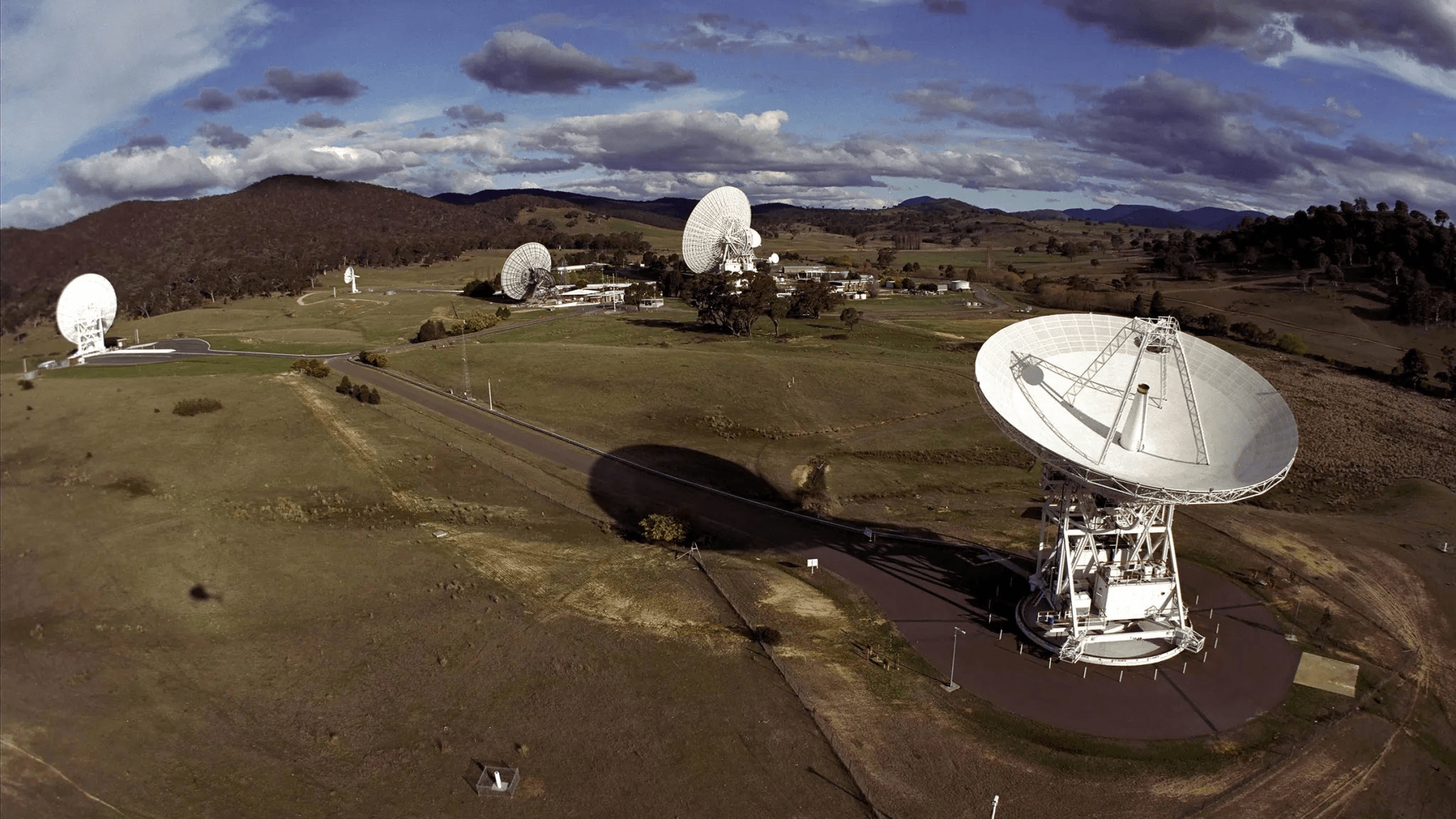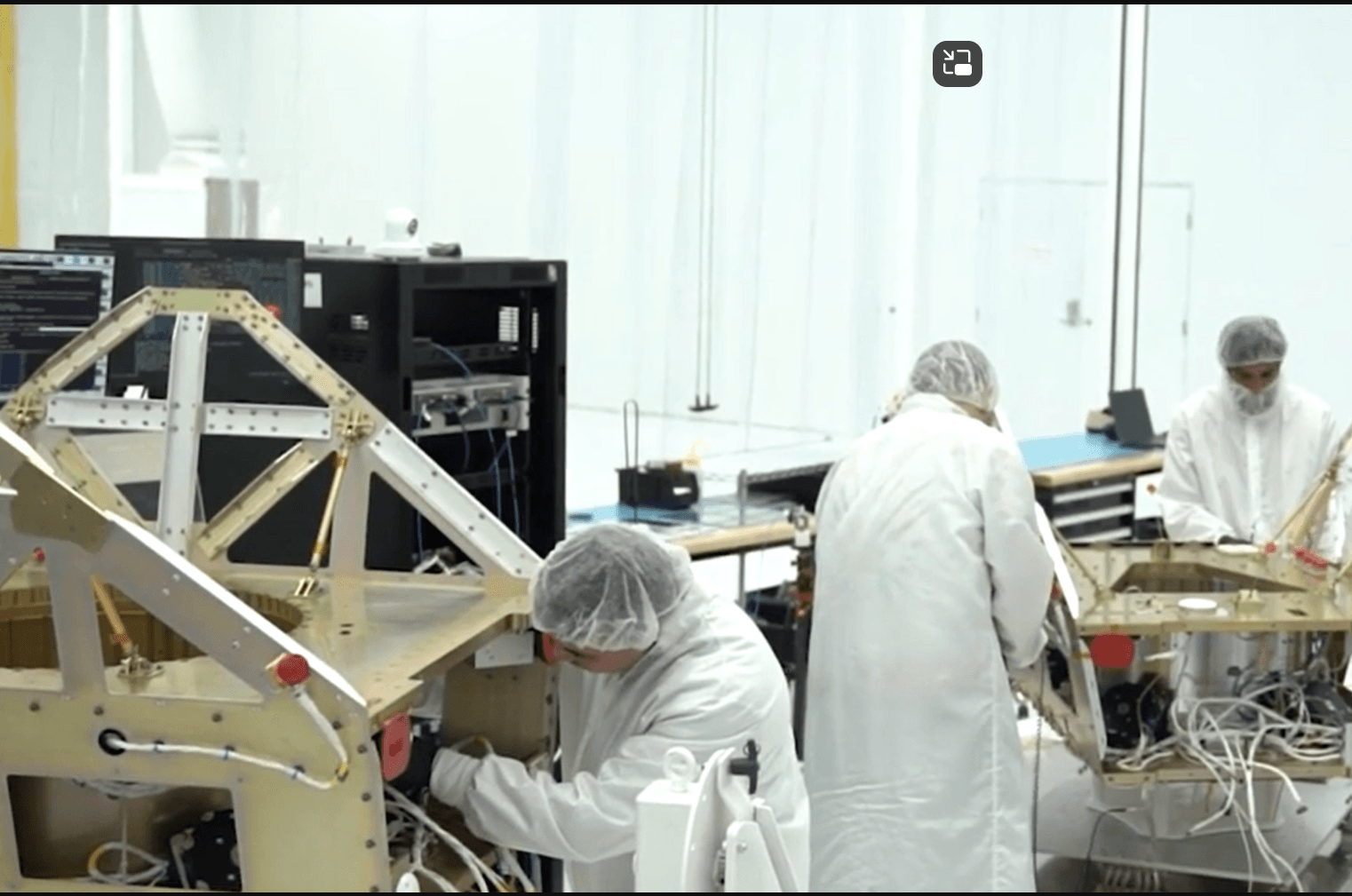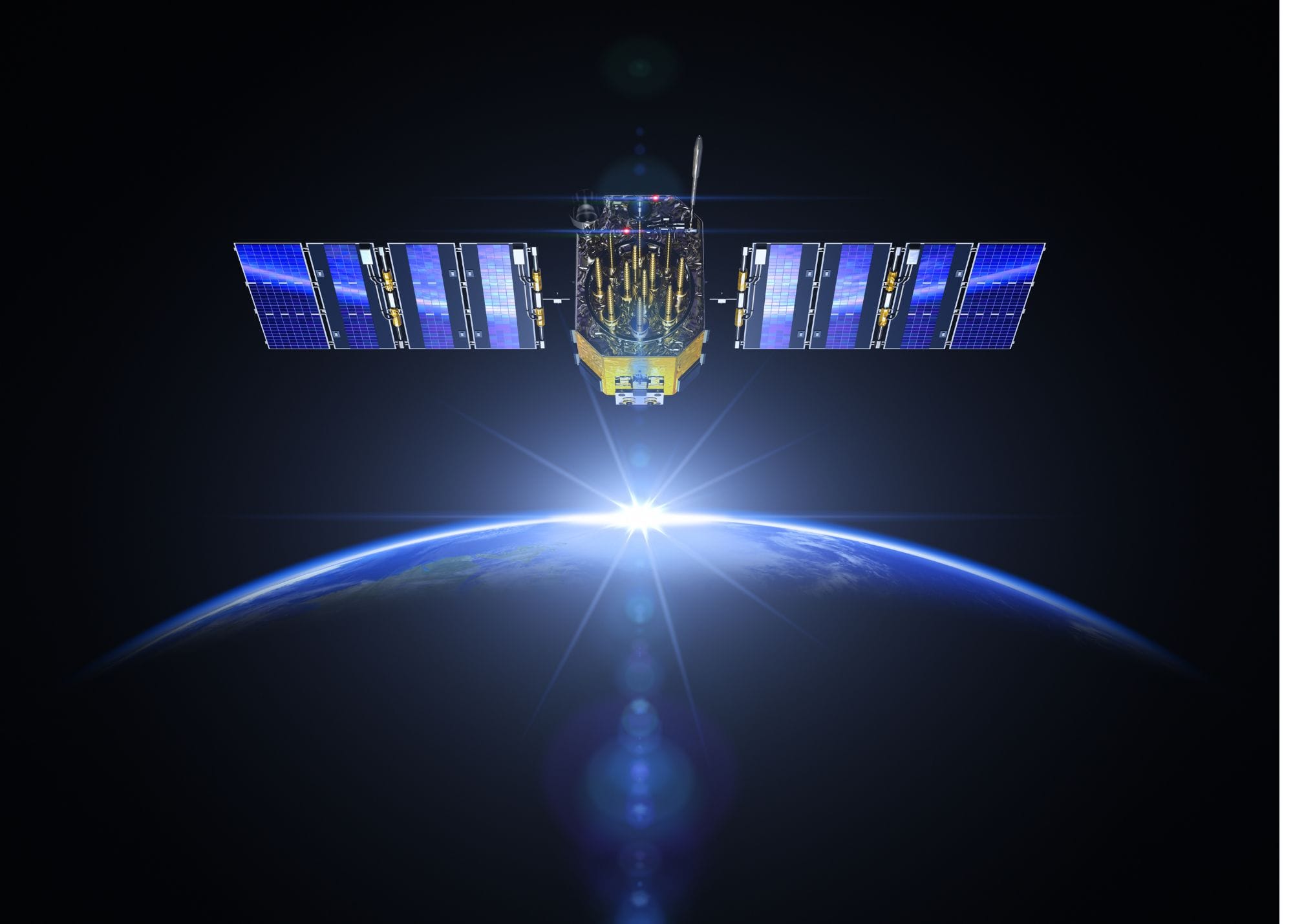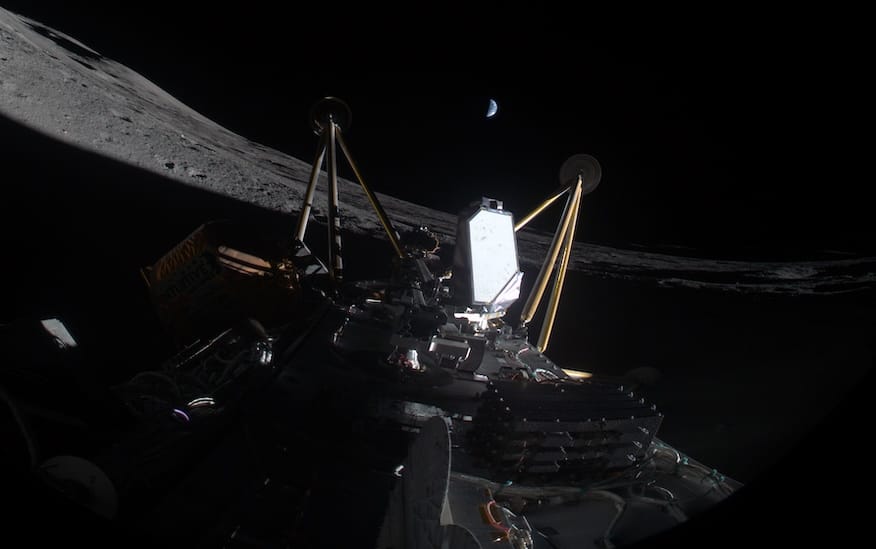In a bold move that could redefine mineral exploration, Australian spacetech pioneer Fleet Space Technologies has announced its acquisition of HiSeis, a world leader in active seismic exploration technology. The deal, unveiled this week, marks a critical step toward integrating space-based solutions with ground-based mineral detection methods, accelerating the industry’s shift towards data-driven, sustainable resource exploration.
The acquisition underscores a broader trend in which space technology is playing an increasing role in industries far beyond satellite communications and Earth observation. Fleet Space, best known for deploying a constellation of nanosatellites to enhance geophysical exploration, is now doubling down on high-resolution seismic imaging, a field in which HiSeis has led the way for more than a decade.
The combination of these two technologies promises to reshape how mineral deposits are identified and extracted. It also highlights how the race for critical minerals, driven by the global push for clean energy, is compelling companies to embrace cutting-edge technology to improve efficiency, accuracy, and environmental responsibility.
Table of Contents
ToggleThe Players: Fleet Space and HiSeis
Founded in 2015, Fleet Space Technologies has emerged as one of Australia’s most ambitious space ventures. Headquartered in Adelaide, the company specializes in using nanosatellites and artificial intelligence to provide real-time, data-rich insights into Earth’s subsurface. Its flagship platform, ExoSphere, integrates satellite connectivity, 3D multiphysics modeling, and AI analytics to enhance mineral exploration.
Fleet Space has rapidly gained international attention for its ability to reduce exploration timelines, an advantage that has attracted mining companies eager to secure critical minerals like lithium, nickel, and rare earth elements. With nations worldwide seeking to bolster supply chains for green energy technologies, the company’s services have become more relevant than ever.
HiSeis, based in Australia, has built a formidable reputation in the field of hard-rock seismic technology. The company has pioneered high-resolution subsurface imaging techniques that allow geologists to detect mineral-rich deposits buried deep underground. HiSeis employs active seismic solutions, which involve sending seismic waves into the Earth and analyzing the way they bounce back to identify geological structures invisible to traditional surveying methods.
By merging Fleet Space’s space-enabled capabilities with HiSeis’s expertise in seismic imaging, the acquisition sets the stage for a more comprehensive approach to mineral exploration—one that could ultimately reduce reliance on inefficient drilling campaigns while improving the accuracy of deposit identification.
Why This Matters: The Intersection of Space Tech and Mineral Exploration
Mineral exploration has long been hampered by inefficiencies. Traditional methods rely heavily on drilling, which is costly, time-consuming, and environmentally intrusive. The integration of space-based sensing with ground-based seismic imaging offers a new pathway—one where mineral-rich areas can be pinpointed with unprecedented accuracy before a single drill breaks ground.
Fleet Space’s nanosatellites already play a crucial role in monitoring geological signals across vast, remote landscapes. With HiSeis now under its umbrella, the company can provide an end-to-end solution: from detecting potential mineral deposits using space-based passive seismic technology to confirming their presence with active seismic imaging.
“The goal is to create a seamless, AI-powered mineral discovery pipeline that eliminates guesswork,” said Fleet Space CEO Flavia Tata Nardini. “By combining space-based data acquisition with precision seismic imaging, we can dramatically accelerate exploration timelines while reducing environmental impact.”

A High-Stakes Industry
The race to secure critical minerals has become a geopolitical issue of immense importance. Countries are scrambling to develop domestic sources of lithium, cobalt, nickel, and other essential materials for electric vehicle batteries, wind turbines, and solar panels. China currently dominates the supply chain for many of these minerals, prompting the U.S., Australia, and European nations to explore new ways of sourcing these materials independently.
Fleet Space’s acquisition of HiSeis comes at a time when governments and private companies are investing billions in critical mineral exploration. The U.S. Department of Energy has identified securing a domestic supply of these minerals as a national priority, while Australia has ramped up incentives for mining projects that can support the green energy transition.
Recent Developments at Fleet Space
This acquisition is just one of several major milestones for Fleet Space in recent months. In December 2024, the company closed a USD$100 million Series D funding round, led by Teachers’ Venture Growth, boosting its valuation to over USD$525 million. The fresh capital is being used to expand ExoSphere and scale its satellite operations.
In January 2025, Fleet Space successfully launched Centauri-7 and Centauri-8, the latest additions to its growing nanosatellite fleet. These advanced satellites enhance the company’s ability to deliver real-time data to exploration companies worldwide, reinforcing its mission of making mineral exploration faster, more precise, and less destructive to the environment.
The Future of Space-Enabled Mineral Discovery
With this acquisition, Fleet Space is positioning itself as a leader in the next generation of mineral exploration. The integration of space-based and seismic technologies is expected to set new industry standards, paving the way for more sustainable and efficient resource extraction practices.
As demand for critical minerals surges, exploration companies will need to rethink how they operate. Fleet Space’s innovative approach—combining nanosatellites, AI, and high-resolution seismic imaging—could prove to be a game-changer, not just for mining but for the broader transition to a sustainable, high-tech economy.
“The future of mineral exploration lies in space technology,” Tata Nardini emphasized. “By leveraging the power of satellite networks and AI-driven seismic data, we can help meet the world’s demand for critical minerals while minimizing our footprint on the planet.”
Fleet Space Technologies has already disrupted the exploration industry with its satellite-powered solutions. Now, with HiSeis in its arsenal, the company is poised to take the next step—one that could redefine how we uncover the resources that power the future.












